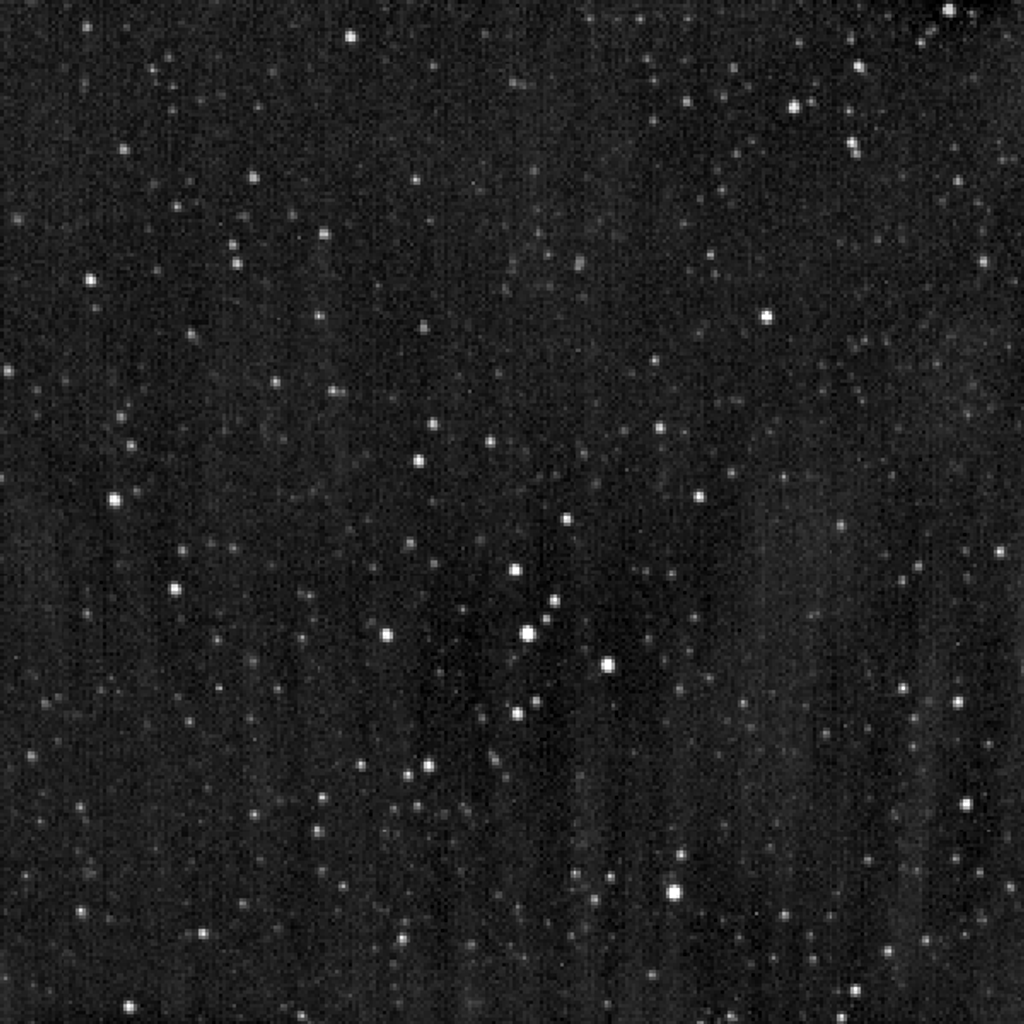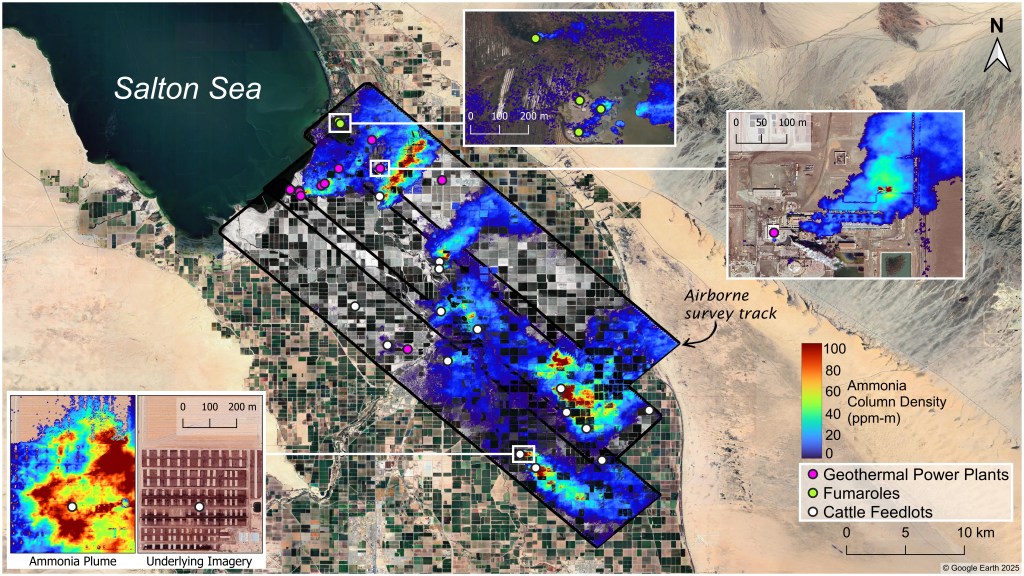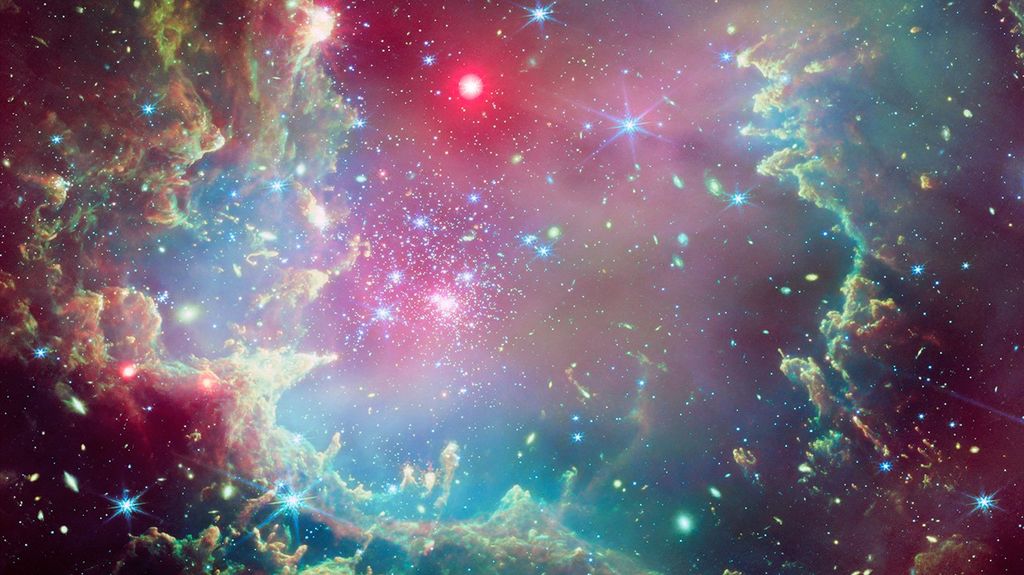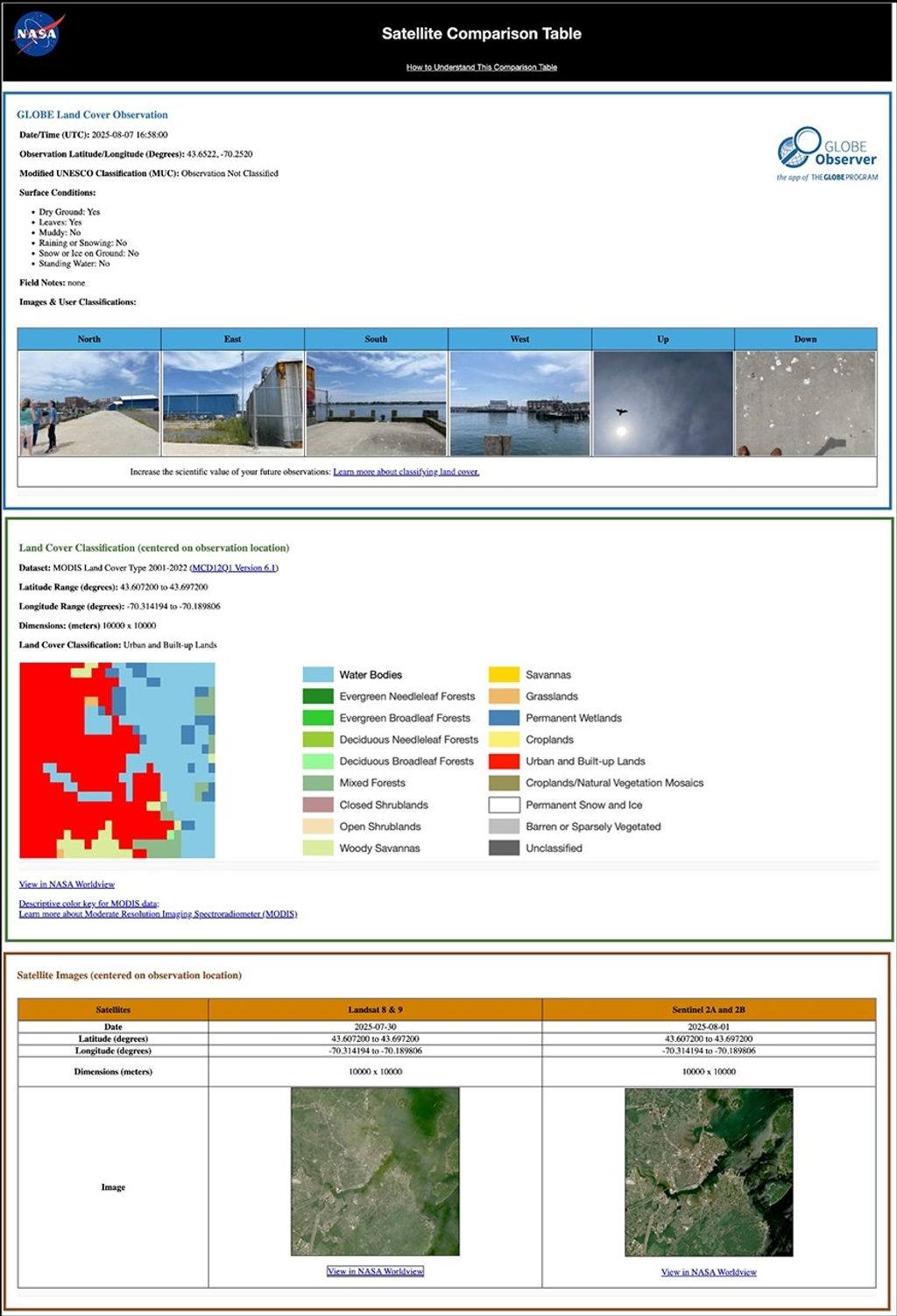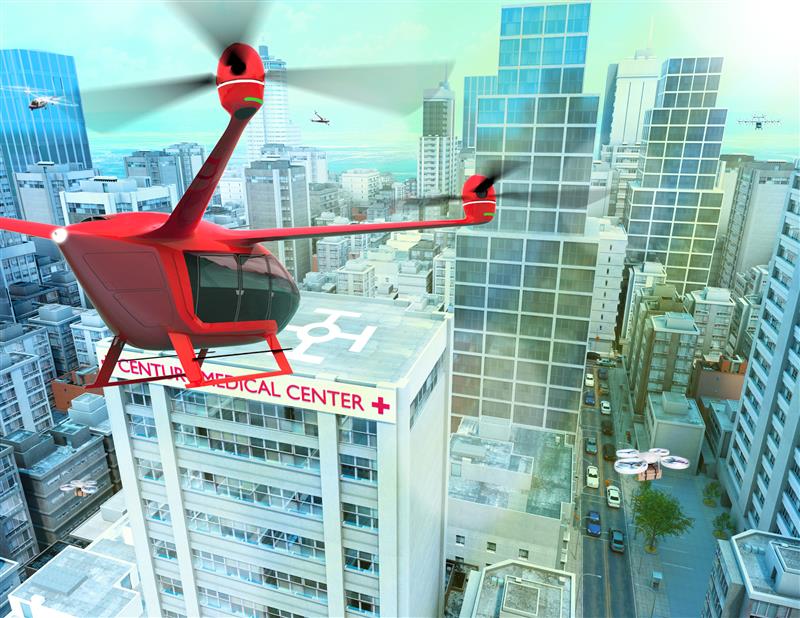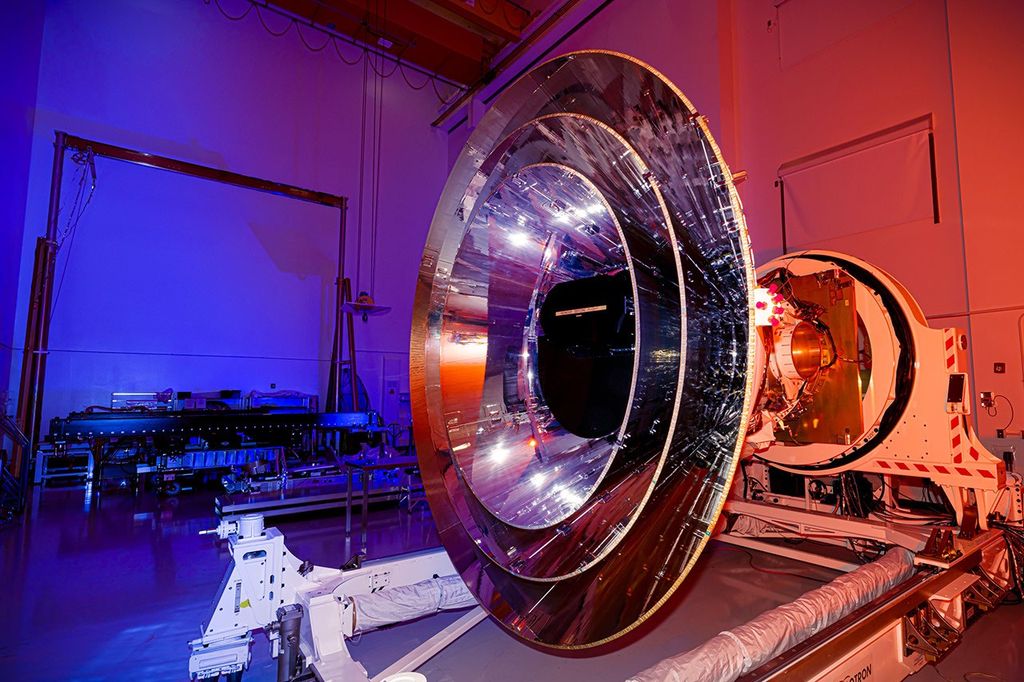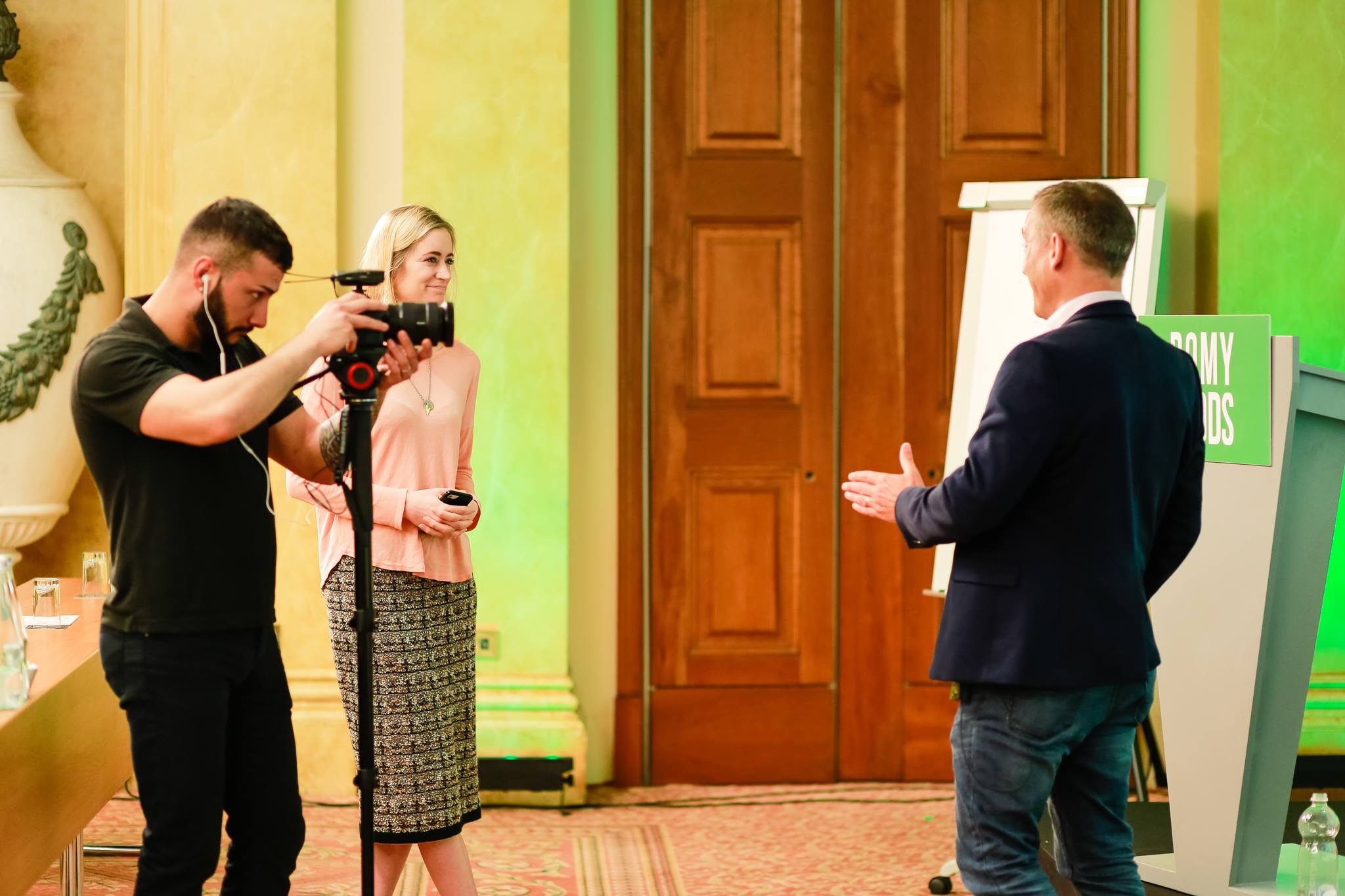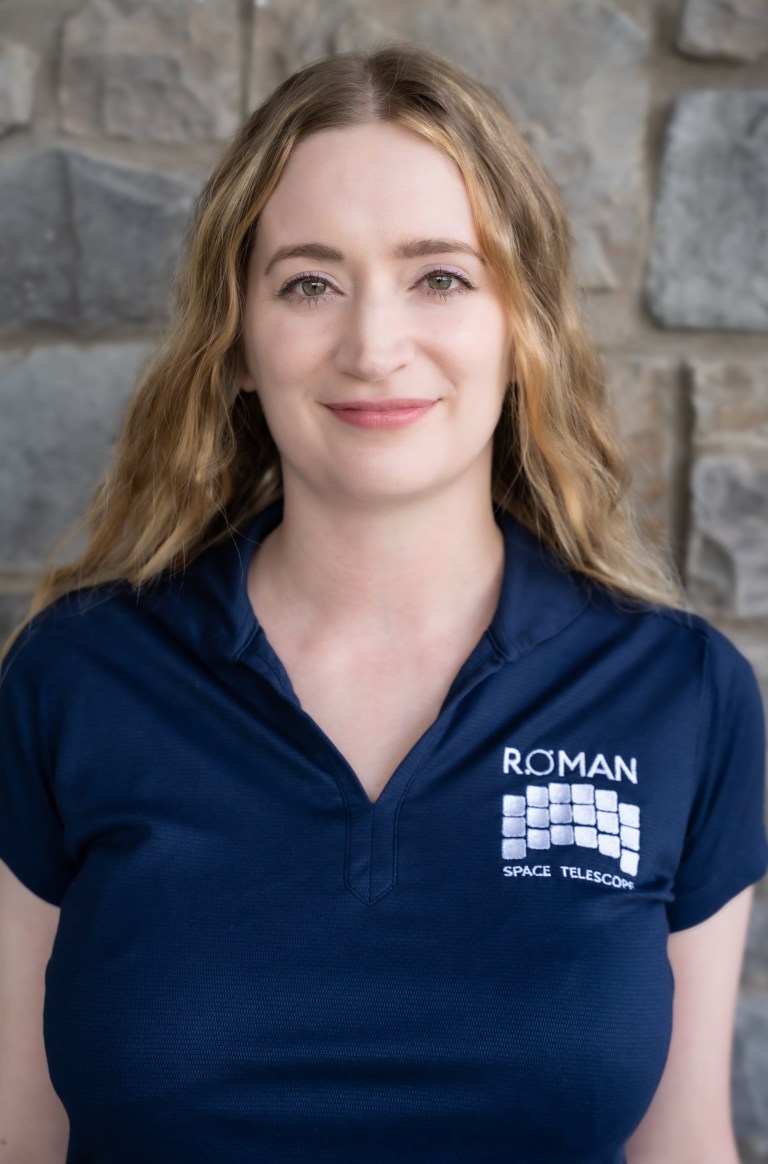
Ashley Balzer
Roman Space Telescope Science Writer
The breathtaking stills in astronomy books intrigued Ashley Balzer, now the science writer for NASA’s Nancy Grace Roman Space Telescope, but it was the surrounding text that ensnared her for life. Like peeling back a cosmic curtain, the writing unveiled one of science’s fundamental contradictions — with every answer came more questions.
“I was enraptured by the gorgeous views we were getting of little pockets of the universe,” Ashley says. “I wanted to understand what was going on in those pictures, why they looked like that, and how we fit into it all.”
Now Ashley crafts these explanations herself, guiding readers through celestial scenery, engineering accomplishments, and exciting science.
The Scenic Route
Growing up in a small, rural Kansas town with little light pollution, Ashley often walked underneath the Milky Way’s nighttime path, showered by shooting stars. According to Ashley, this primed her passion for astronomy.
“You can miss out on some opportunities growing up in the rural midwest, but you gain some too,” Ashley says. “You have a front row seat to space, so you’re immediately interested in the universe.”
The cosmos tightened its grip when a friend invited Ashley to look at the pictures in astronomy books in middle school. She then devoured books and documentaries, taking notes and copying down definitions over and over so they would stay in her brain. Ashley knew her destination was astronomy, but she did not know how she would get there.
“It was really daunting to have these big goals and just not have the resources to work with — it makes you feel like the options are limited,” Ashley says. “I had to take some longer paths, which was really hard coming from someone that wanted to get where I wanted as fast as possible, and that just was not in the cards.”
Ashley began her journey at Cowley County Community College, which had no astronomy program. Instead, she pursued creative writing and English, leaning into her lifelong obsession with reading and writing, while also working as a paraeducator at the elementary school she once attended herself.
During this time, Ashley completed an educational outreach internship at NASA’s Johnson Space Center in Houston. Not only did Ashley mentor students participating in NASA programs, but she also sought additional experiences like writing a speech for then center director Michael Coats.
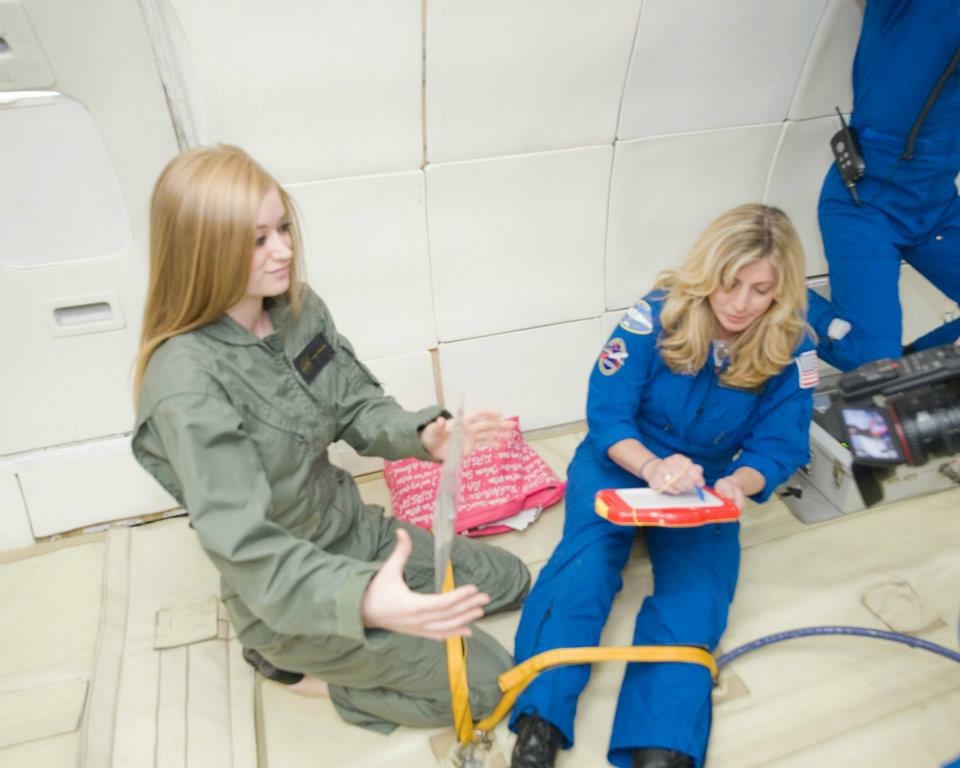
Later, Ashley transferred to American Military University, taking advantage of a remote program that allowed her to complete a bachelor’s degree in space studies while continuing to work. Then, she pursued a master’s degree through the University of North Dakota.
A Voice for the Cosmos
Six years after her first NASA internship, Ashley returned — this time to NASA’s Goddard Space Flight Center in Greenbelt, Maryland — as a social media intern for NASA’s Fermi Gamma-ray Space Telescope.
Ashley interned again at Goddard the next year to write for an early stage telescope called WFIRST (Wide Field Infrared Survey Telescope) — later renamed to the Nancy Grace Roman Space Telescope. This time, the internship led straight into a full-time job as a science writer for WFIRST and the Hubble Space Telescope.
“I got to write e-books for Hubble on stars, exoplanets, and dark energy and dark matter, which was a huge experience for me,” Ashley says. “It was a very full circle moment because seeing Hubble pictures and reading about what they showed made me obsessed with space in the first place.”
She completed a master’s in science writing from The Johns Hopkins University while working.
Making Space for Everyone
Now, as the mission’s science writer, Ashley shares all things Roman — from exciting developmental milestones to future science and stories of people contributing to the mission.
“One of the things I really love is highlighting those paths that were a little harder for some people so that little kids who aren’t growing up with a lot of opportunities can see that they can make it here too,” Ashley says. “If there’s a career that sounds interesting to you, you can work towards it and treat it as achievable even if it sounds far off.”
Ashley aims to not only encourage kids to seek their ambitions but also to connect with people of all ages and backgrounds, inspiring in them a love of science like her own.
“A lot of people grow up thinking science is just not for them,” Ashley says. “I like to find ways to help other people see that science is super interesting and it is for them, and they can love it and be good at it and understand more about the world.”
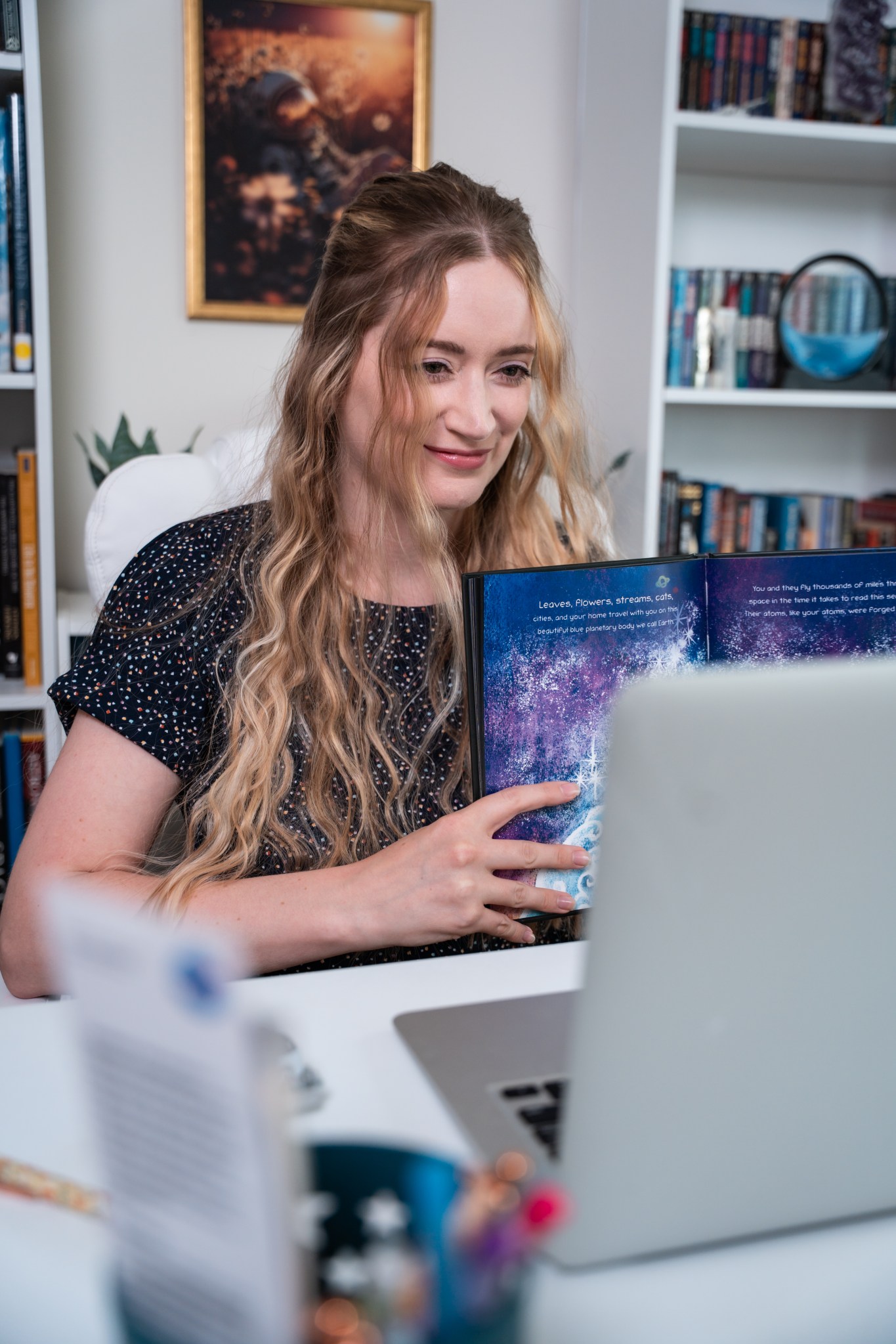
As Roman approaches launch, Ashley looks forward to sharing its discoveries.
“When Roman starts bringing back those huge vistas of space phenomena and cosmic objects, that’s going to be incredible to cover,” Ashley says. “I was mesmerized by astronomical pictures and captions, and now I get to be the one to share that information with others. I’m very excited about that — I can’t wait.”
By Laine Havens
NASA’s Goddard Space Flight Center, Greenbelt, Md.






